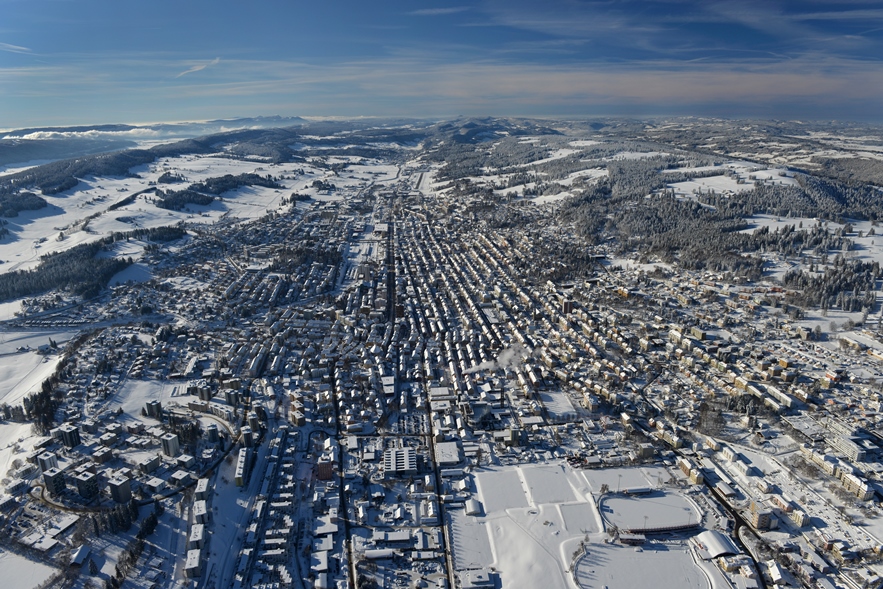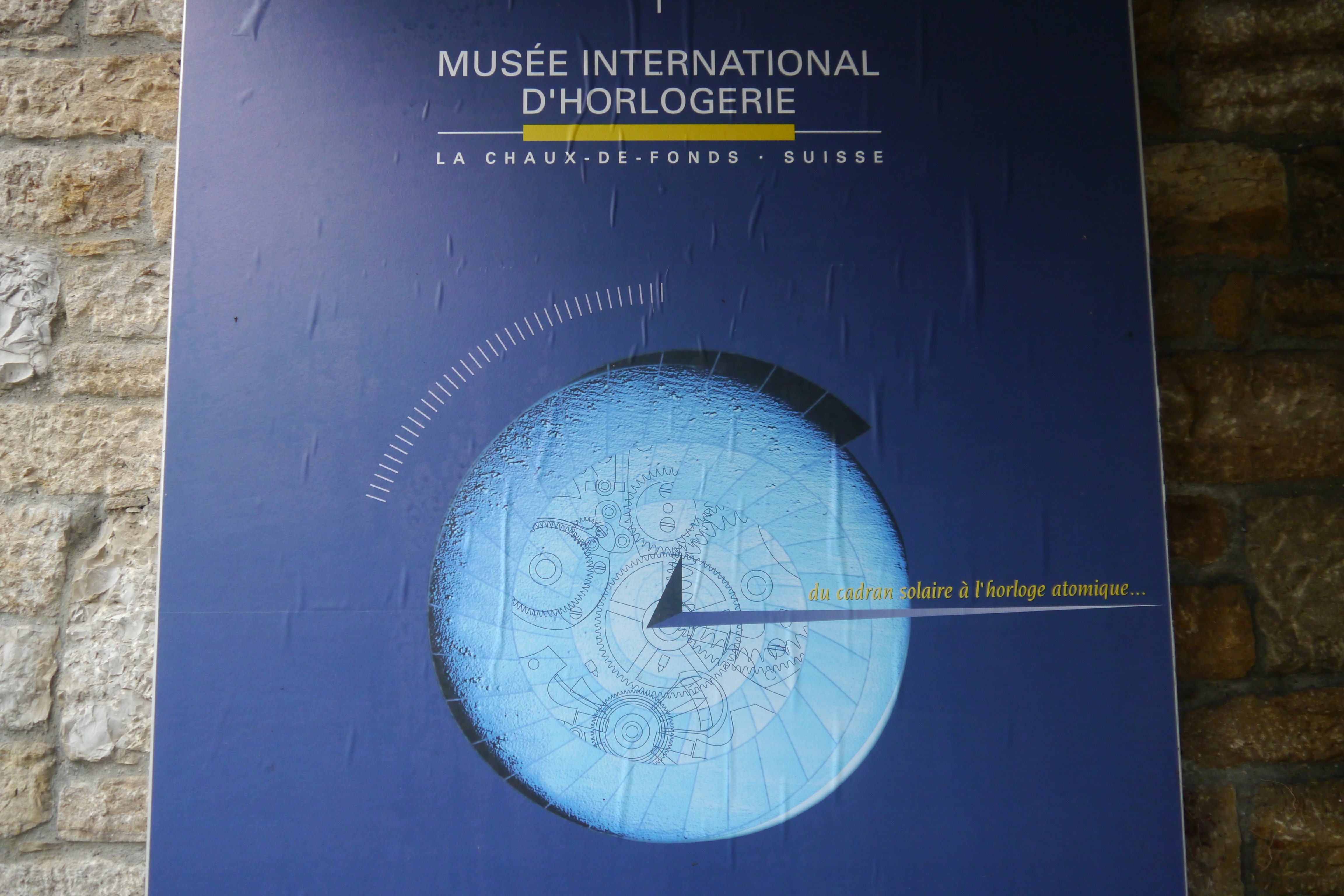Marked by architecture and watchmaking, the history of La Chaux-de-Fonds merges with the most cutting-edge human creative ambition. The town where Le Corbusier was born was also the scene of the development of the watch industry, until its urbanism was transformed to better integrate the manufacture of timepieces in its economic landscape. This will push Karl Marx to define La Chaux-de-Fonds as a unique example of “city-manufacture” created for and by Swiss watchmaking.
A history related to watchmaking
What would have happened if La Chaux-de-Fonds, a small town surrounded by the Swiss Jura mountains, had not invested in the prestigious domain of timepiece manufacturing? No doubt it would have remained the agricultural village that it was since its foundation in 1656 and until the eighteenth century, before the taste for precision prevails. But here it is: the art of the clock was installed during the Enlightenment, and from the mid-eighteenth century, 68 clock and 8 cabinetmakers busy this proud hobby. This change, it must be pointed out, is due to an exceptional personality, which has marked Le Locle as much as La Chaux-de-Fonds: Daniel JeanRichard, self-taught mythical watchmaker who was at the origin of the system of the establishment and, consequently, the expansion of the watch industry in the canton of Neuchâtel.
The important demographic and economic growth experienced by La Chaux-de-Fonds in the nineteenth century is intimately linked to that of the watchmaking industry, particularly watches, which will make the city’s fortunes. In 1870, almost 50% of the local population worked directly or indirectly in the watch industry – nearly 4,500 individuals. A few decades earlier, in 1820, the city was chosen to host the seat of the Cantonal Bureau of Control of Precious Metals – metals so indispensable to the dressing of timepieces. It is for these reasons that, for 100 years, La Chaux-de-Fonds was the world’s leading watchmaker.

La Chaux-de-Fonds, a watch city at the end of the streets
What distinguishes La Chaux-de-Fonds, like its neighbor Le Locle, from most of the surrounding cities? Certainly not the climate (cold and rough) or the serenity of the place. No, what differentiates these two communes is what is called their “watchmaking urbanism”, the fact that their history is so closely linked with that of the watch industry, that their arteries and buildings have been thought with regard to local manufacturing.
Like what will happen in Le Locle nearly half a century later, La Chaux-de-Fonds is the victim, in 1794, of a large fire that leaves the commune bloodless. The municipality then decides to rebuild by adopting a surprising consensus between hygienist concerns and production efficiency. Here is an example – very singular – of a city of thought, drawn and constructed with regard to a mono-economy, that of clocks and watches.
Over the course of the nineteenth century, La Chaux-de-Fonds developed an urban plan whose purpose was to promote the economic prosperity of watchmaking: the workshops rub shoulders with workers’ housing in the same buildings, the buildings specialized in becoming factories, in a total and exceptional symbiosis between two needs – social and industrial. It would be more than the city, seen from the sky, draws a watch dial with its hands, so that the correlation is perfect. What made Karl Marx say in Le Capital that La Chaux-de-Fonds could be considered as a single watch manufacture, or “manufacturing city”.
La Chaux-de-Fonds and Le Locle have been distinguished by UNESCO, which, in 2009, listed their watchmaking urbanism as World Heritage of Humanity. In addition, since 2010, a Biennale of the watchmaking heritage has been straddling between these two municipalities, in order to familiarize the public with this unique heritage.
The present watchmaker of La Chaux-de-Fonds
Today, the city of La Chaux-de-Fonds continues to prosper its watchmaking heritage. Many factories are spreading: Breitling, Cartier, Corum, Girard-Perregaux, Jaquet Droz, JeanRichard, TAG Heuer … it is possible to visit the workshops to discover the secrets of watch making, observing watchmakers in their daily work. – provided you make an appointment! At the same time, the Haute Ecole Arc Ingénierie trains (among others) students in the art of restoration and conservation, so precious in the entourage of watches.
As for the International Watchmaking Museum, it offers, to neophytes and specialists, some 2,700 watches, 700 clocks and 4,500 various objects (chronometers, sundials and other non-mechanical installations) through a permanent exhibition that traces the evolution history of technique and art of making timepieces.


 Français
Français